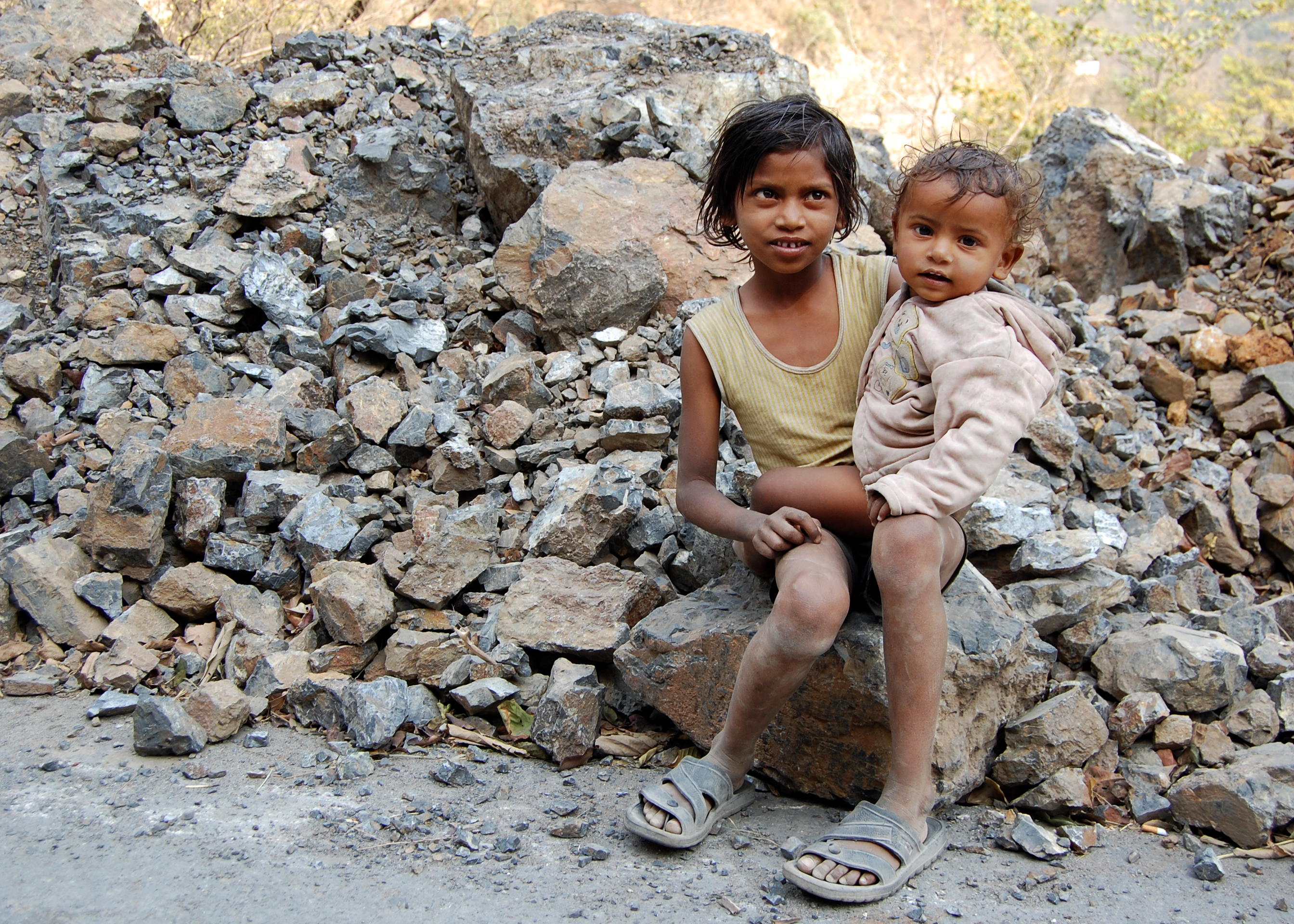Marijuana
What is Marijuana?
Marijuana refers to the dried leaves, flowers, stems, and seeds from the hemp plant also known as Cannabis sativa. The plant contains the mind-altering chemical delta-9-tetrahydrocannabinol (THC) and other related compounds.Marijuana is a depressant that slows down messages between your brain and body. It reduces hallucinogenic effects when taken in large doses.
Marijuana is the most commonly used drug in the United States. The use of Marijuana is widespread among young people. According to a yearly survey of middle and high school students, rates of marijuana use have steadied in the past few years after several years of increase. However, the number of young people who believe marijuana use is risky is decreasing.
Marijuana is legalised in a number of states for medical use or adult recreational.
How is Marijuana used?
Marijuana is used in multiple ways. It can be hand-rolled into cigarettes which is commonly known as joints or in pipes or water pipes also known as bongs. They also smoke it in blunts which are emptied cigars that have been partly or completely refilled with marijuana. To avoid inhaling smoke, the use of vaporisers are increasing. These devices pull the active ingredients (including THC) from the marijuana and collect their vapour in a storage unit, thus a person inhales the vapour, not the smoke.
Marijuana can also be mixed in food, some example are brownies, cookies, or candy, or even brew it as a tea. A newly popular method of use is smoking or eating different forms of THC-rich resins.
What are the effects of Marijuana?
Marijuana can have both short and long term effects on the brain.
Short-term effects
When a person smokes marijuana, THC quickly passes from the lungs into the bloodstream. The blood carries the chemical to the brain and other organs throughout the body. The body absorbs THC more slowly when the person eats or drinks it. In that case, the user generally feels the effects after 30 minutes to 1 hour.
THC acts on specific brain cell receptors that ordinarily react to natural THC-like chemicals in the brain. These natural chemicals play a role in normal brain development and function.
Marijuana over activates parts of the brain that contain the highest number of these receptors. This causes the "high" that users usually feel. Other effects include:
- altered senses (for example, seeing brighter colours)
- altered sense of time
- changes in mood
- impaired body movement
- difficulty with thinking and problem-solving
- impaired memory
- Silhouette of a seated young male, hunched over with his head resting in his hand.
Long-term effects
Marijuana also affects brain development. When marijuana users begin using as teenagers, the drug may reduce thinking, memory, and learning functions and affect how the brain builds connections between the areas necessary for these functions.
Marijuana’s effects on these abilities may last a long time or can even be permanent.
For example, a study showed that people who started smoking marijuana heavily in their teens and had an ongoing cannabis use disorder lost an average of eight IQ points between ages 13 and 38. The lost mental abilities did not fully return in those who quit marijuana as adults. Those who started smoking marijuana as adults did not show notable IQ declines.
What are the other health effects of marijuana?
Marijuana use may have a wide range of effects, both physical and mental.
Physical effects
- Breathing problems. Marijuana smoke irritates the lungs, and frequent marijuana smokers can have the same breathing problems that tobacco smokers have. These problems include daily cough and phlegm, more frequent lung illness, and a higher risk of lung infections. Researchers still do not know whether marijuana smokers have a higher risk for lung cancer.
- Increased heart rate. Marijuana raises heart rate for up to 3 hours after smoking. This effect may increase the chance of heart attack. Older people and those with heart problems may be at higher risk
- Problems with child development during and after pregnancy. Marijuana use during pregnancy is linked to increased risk of both brain and behavioural problems in babies. If a pregnant woman uses marijuana, the drug may affect certain developing parts of the foetus’s brain. Resulting challenges for the child may include problems with attention, memory, and problem-solving. Additionally, some research suggests that moderate amounts of THC are excreted into the breast milk of nursing mothers. The effects on a baby’s developing brain are still unknown.
Mental effects
Long-term marijuana use has been linked to mental illness in some users, such as:
- temporary hallucinations—sensations and images that seem real though they are not
- temporary paranoia—extreme and unreasonable distrust of others
- worsening symptoms in patients with schizophrenia (a severe mental disorder with symptoms such as hallucinations, paranoia, and disorganised thinking)
Marijuana use has also been linked to other mental health problems, such as:
- depression
- anxiety
- suicidal thoughts among teens
Is marijuana addictive?
Contrary to common belief, marijuana can be addictive. Research suggests that about 1 in 11 users becomes addicted to marijuana.This number increases among those who start as teens (to about 17 percent, or 1 in 6) and among people who use marijuana daily (to 25-50 percent).
Street Names
- Marijuana
- Astro Turf
- Bhang
- Blunt
- Boom
- Chronic
- Dagga
- Dope
- Gangster
- Pot
- Weed
- Grass
- 420
- Ganga
- Herb
- Joint
- Blunt
- Cannabis
- Reefer
- Mary Jane
- Buds
- Stinkweed
- Nuggets
- Tobacco
- Hay
- Rope
- Skunk
- Blaze
- Ashes
- Block
- Boo
- Broccoli
- Burrito
- Burnie
- Charge
Victorian Laws regarding Cannabis
It is against the law to use, possess, cultivate or traffic a drug of dependence. The penalties for using and possessing small quantities of illegal drugs are treated less seriously than for trafficking and cultivating drugs. Importing or exporting drugs is an offence under Commonwealth law.
Possession is one of the most common drug offences. Possession means having a drug on you, in a car you own or are driving, in your house or property you occupy. This includes cannabis growing anywhere on the premises.
Quantities of can ibis are defined as:
- Small quantity - up to 50 grams
- Traffickable quantity - 250 grams or over, or 10 plants
- Commercial quantity - 25 kilograms or more, or 100 plants
- Large commercial quantity - 250 kilograms or more, or 1000 pants
To be prosecuted the evidence against you must include a definite time and place that the crime occurred. That you are for sure the offender. That you had a substance in your possession and that that substance was an illegal drug.
In court you have three options:
- Admit to the chargedPs and ask for a diversion. This means that your case is treated differently. It is normally for less serious cases. You must agree to certain conditions, such as doing the Cautious With Cannabis program. You do not get a criminal record.
- You can also plead guilty or not guilty.
In deciding what penalties to give, the magistrate looks at:
- How serious your offence is.
- If you have been found guilty of similar offences before.
- Whether you have a drug addiction.
- What else is happening in your life.
The magistrate can also choose to place you on an undertaking to behave well for a certain amount of time. The magistrate may attach some conditions such as requiring you to get drug counselling and treatment.
If you get caught, you will have your cannabis will be taken off you. You will not get it back. You will also get a criminal record and a fine.
Help Services
YSAS:
They have a 24 hour hotline. Call 1800 458 685
Address -
Level 1/131 Johnston St Fitzroy, Vic 3065
Tel: +61 3 9415 8881
POST PO Box 2950 Fitzroy, Vic 3065 Australia
Alcohol and Drug Information Service (ADIS) telephone support:
- Australian Capital Territory - (02) 6207 9977
- New South Wales - (02) 9361 8000 1800 442 599
- Northern Territory - (02) 8922 8399 1800 131 350
- Queensland - (07) 3236 2414 1800 177 833
- South Australia - 1300 131 340
- Tasmania - (03) 6230 7901 1800 811 994
- Victoria - (03) 9416 1818 1800 888 236
- Western Australia - (08) 9442 5000 1800 198 024
Other telephone support hotlines:
Family Drug Support - (02) 6207 9977
Lifeline - (02) 9361 8000 1800 442 599
Cannabis Information and Helpline - (02) 8922 8399 1800 131 350
Online Support:
National Cannabis Prevention and Information Centre
www.ncpic.org.au
Reference List
- https://ncpic.org.au/professionals/publications/factsheets/cannabis-and-mental-health/
- http://www.drugabuse.gov/publications/drugfacts/marijuana
- https://en.m.wikipedia.org/wiki/Cannabis_(drug)
- http://www.drugfreeworld.org/drugfacts/marijuana.html
- http://www.webmd.com/mental-health/addiction/marijuana-use-and-its-effects
- https://www.legalaid.vic.gov.au/find-legal-answers/criminal-offences/drug-possession
- https://www.police.vic.gov.au/retrievemedia.asp?Media_ID=56941
- https://www.ysas.org.au























